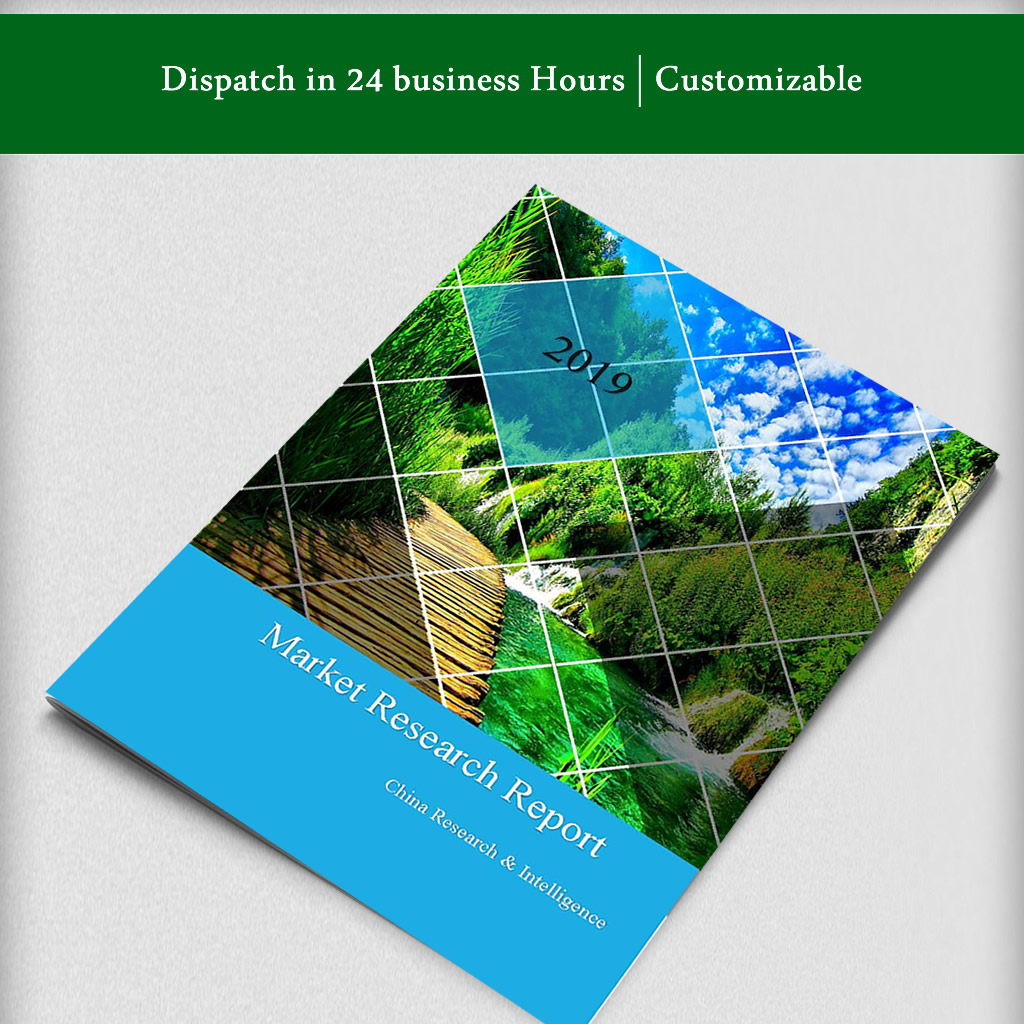Description
Autism Disorder Treatment Market
Market Analysis
Autism or Autism Spectrum Disorder (ASD) is a type of condition that is caused by major challenges like difficulties with speech, social skills, verbal and nonverbal communication, along with showing the signs of repetitive behaviors and various other strengths and unique differences. This condition is caused by various combinations of hereditary and natural influences.
Autism is generally seen in children somewhere under the age group of two to three years. In different cases, it tends to be analyzed within a year or 18 months of birth. Global Autism Disorder & Treatment Market is projected to grow at a CAGR of 4.37% during the forecast period 2017–2023.
Growing awareness about autism amongst the affected population and the increasing prevalence of autism and Pervasive Developmental Disorder (PDD) is boosting the growth of the global autism disorder treatment market.
Autism disorder issue and treatment is seen as one of the prominently developing markets in the healthcare division due to the initiatives and other healthcare activities conducted by the government of different countries and expected endorsements of different off-name treatment treatments by the Food and Drug Association (FDA). With the upsurge in the market, there are a few restraints that are faced by the Global autism disorder & treatment market, for example, a powerless pipeline of drugs for autism disorder and obscure pathophysiology and etiology of ASD.
Market Segmentation
The Global autism disorder & treatment market is classified on the basis of its type, drugs and treatment type.
On the basis of its type, the market is segmented into Pervasive Developmental Disorder, Asperger Syndrome, and others.
By treatment type, the market is sectioned into hyperbaric oxygen therapy, oxytocin therapy, ABA (applied behavioral analysis), chelation therapy, and others. Based on its drug type, the market is divided into SSRIs, stimulants, anti-convulsant, anti-psychotic.
Regional Analysis
Geographically, the Global autism disorder & treatment market is divided into global regions like Europe, North America, Asia- Pacific, Middle East, LATAM, and Africa.
Major Players
Some of the major industry players in the Global autism disorder & treatment market include companies like Pfizer Inc., Allergan, Eli Lilly and Company, Saniona AB, Merck & CO Inc., Consern Pharma Private Limited, Teva Pharmaceutical Industries Ltd., Novartis AG, Bristol-Myers Squibb and Otsuka Holdings Co., Ltd., Johnson & Johnson Services, Inc., Coronis Partners Ltd., Heptares Therapeutics Limited, Curemark LLC, Intra-Cellular Therapies Inc., among others.



